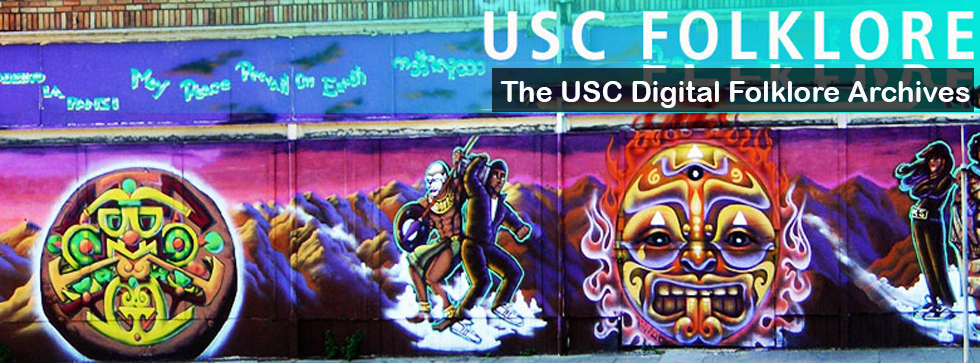Text:
“I remember my mom staying up on the eve of Dongzhi to make Tangyuan without filling, so everyone of our family could get up the next morning with a bowl of hot Tangyuan boiled with brown sugar and water. Our Dongzhi day started with soup Tangyuan. And that night when our family celebrated reunion, everyone joined in molding Tangyuan into balls as a family event. The ball shape, or round shape in China, is usually associated with the wish for ‘团圆’, which literally means reunion. The Tangyuan we made during Dongzhi dinner actually didn’t matter as a food, you could eat them whenever you wanted, because what actually mattered was the process of our family making Tangyuan together.”
Context:
The informant is a 22-year-old female who currently studies in Singapore and grew up in Swabue, a coastal city in Guangdong, China. The informant spent every Dongzhi festival (Winter Solstice dated in the Chinese solar calendar) with her family before attending college. Tangyuan is a Chinese dessert made of sticky rice containing filling such as sesame paste, molded into balls. Whereas Tangyuan is usually associated with the Yuanxiao festival, the 15th day of the first month of the Chinese lunar calendar, the informant remembers Tangyuan as a signature dish for Dongzhi. The Dongzhi dinner is an annual reunion commonly seen in Chinese families, and the informant’s family is from Swabue specifically, where people traditionally favor Tangyuan without filling.
Interpretation:
Dongzhi is a special day of the year according to most Chinese families. Historically in ancient agricultural practice, Chinese farmers planned their years working in the fields according to the Chinese solar calendar. As a marker for the beginning of winter when farmers usually ceased agricultural work, hence Dongzhi is traditionally a time for family members to gather and start spending the rest of the winter together. To celebrate a year’s hard work and the family’s reunion, Dongzhi dinner is an identifying Chinese folk experience, but the experience can vary among different locales. In the informant’s case, her signature Dongzhi food is Tangyuan without filling, whereas people from different parts of China may have Tangyuan with sweet filling, or savory, meat filling, or even enjoy other food at Dongzhi such as dumplings.
In addition to her filling-less Tangyuan, the informant found her Dongzhi experience special because Tangyuan was enjoyed twice with nuanced intentions. On the morning of Dongzhi, the family enjoyed soup Tangyuan prepared last night by her mother, and this was when the food itself mattered the most. During or sometimes after the Dongzhi dinner, the family made Tangyuan together again, but this time the process mattered more. The round shape of Tangyuan is usually associated with the Mandarin word “Tuán Yuán” (“团圆”, both characters mean roundness separately, when joined together they usually suggest family reunion). Consequently, starting the day with Tangyuan symbolized when the best wishes for “Tuán Yuán” began, and this is when “团圆” was reflected symbolically through consuming Tangyuan. Whereas, in the latter case, family members joining each other to work towards the same goal reflected “Tuán Yuán” factually. As a result, the informant remembers Tangyuan with the theme of “Tuán Yuán” in mind ever since she was little, making Tangyuan the central part of the Dongzhi festival experience.
